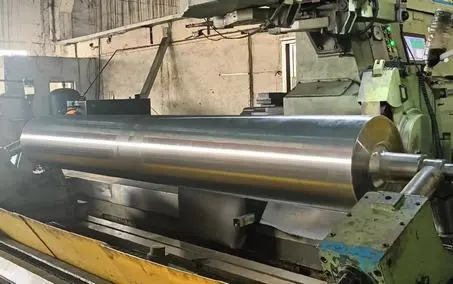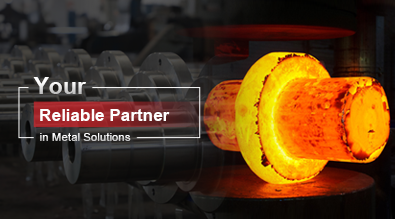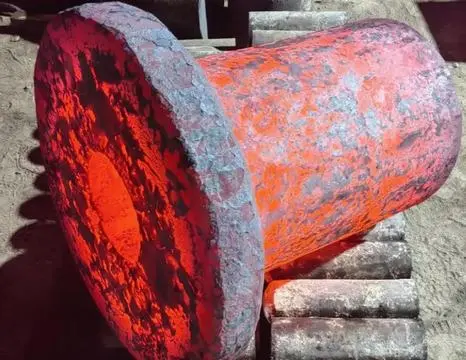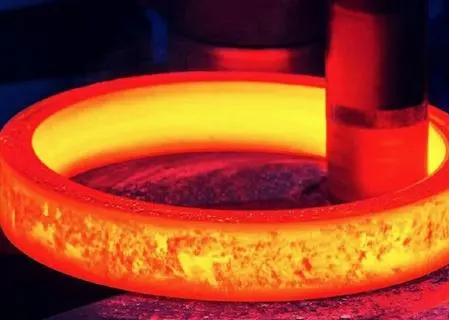Material Selection and Composition Considerations
High-Performance Alloys for Durability
Selecting the appropriate materials for stabilizer rolls is paramount to their effectiveness and longevity. High-performance alloys, such as stainless steel grades like 316L, offer excellent corrosion resistance and mechanical properties. These alloys can withstand the harsh environments often encountered in industrial applications, including exposure to chemicals, high temperatures, and abrasive materials. The challenge lies in balancing the desired properties of strength, wear resistance, and thermal stability while maintaining cost-effectiveness.
Surface Treatments and Coatings
To enhance the performance of stabilizer rolls, various surface treatments and coatings can be applied. These treatments can improve wear resistance, reduce friction, and prevent corrosion. However, selecting the right coating or treatment presents its own set of challenges. Engineers must consider factors such as adhesion, thickness uniformity, and compatibility with the base material. Additionally, the coating must maintain its integrity under the specific operating conditions of the application, which may include high temperatures, chemical exposure, or mechanical stress.
Composite Materials and Advanced Ceramics
In some applications, traditional metallic materials may not meet the required performance criteria. This has led to the exploration of composite materials and advanced ceramics for stabilizer roll design. These materials offer unique combinations of properties, such as high strength-to-weight ratios, excellent thermal stability, and superior wear resistance. However, working with these materials presents challenges in terms of manufacturing processes, joining techniques, and ensuring consistent quality across large-scale production.
Mechanical Design and Manufacturing Challenges
Precision Balancing and Alignment
One of the most critical aspects of stabilizer roll design is achieving and maintaining precise balance and alignment. Even minor imbalances or misalignments can lead to vibrations, uneven wear, and reduced performance. The challenge lies in developing manufacturing processes that can consistently produce rolls with the required level of precision. This often involves advanced machining techniques, specialized equipment, and rigorous quality control measures. Moreover, designers must account for potential changes in balance due to thermal expansion or material wear over time.
Optimizing Roll Geometry
The geometry of a stabilizer roll significantly influences its performance. Designers must carefully consider factors such as roll diameter, length, and surface profile to optimize stability and uniformity in the specific application. This may involve complex mathematical modeling and simulation to predict roll behavior under various operating conditions. Additionally, the challenge of scaling designs from prototype to full-scale production while maintaining optimal geometry can be significant.
Integration of Cooling Systems
Many industrial processes generate significant heat, which can affect the performance and lifespan of stabilizer rolls. Integrating effective cooling systems into the roll design is crucial but presents several challenges. Engineers must balance the need for efficient heat dissipation with the structural integrity of the roll. This may involve designing internal cooling channels, selecting appropriate coolants, and ensuring uniform temperature distribution across the roll surface. The complexity of these cooling systems can add to manufacturing challenges and overall cost.
Performance Optimization and Quality Control
Dynamic Load Management
Stabilizer rolls often operate under varying loads and speeds, which can impact their performance and longevity. Designing rolls that can maintain stability and effectiveness across a range of operating conditions is a significant challenge. This may involve incorporating advanced materials with specific damping properties or developing innovative structural designs that can adapt to changing loads. Engineers must also consider the potential for fatigue and stress concentration, particularly in high-speed applications.
Surface Finish and Uniformity
The surface finish of a stabilizer roll is critical to its function, particularly in applications where it comes into direct contact with the product being processed. Achieving and maintaining the required surface characteristics presents several challenges. These include selecting appropriate machining or finishing processes, ensuring uniformity across the entire roll surface, and developing methods to monitor and maintain surface quality over time. In some cases, micro-texturing or specific surface patterns may be required, adding another layer of complexity to the manufacturing process.
Quality Assurance and Testing Protocols
Ensuring consistent quality in stabilizer roll production is essential but challenging. Developing comprehensive quality assurance protocols that can effectively identify defects or deviations from specifications is crucial. This may involve implementing advanced non-destructive testing methods, such as ultrasonic inspection or x-ray analysis, to verify internal structure and material integrity. Additionally, designing and conducting meaningful performance tests that accurately simulate real-world operating conditions can be complex and resource-intensive.
In conclusion, designing effective stabilizer rolls requires overcoming a multitude of challenges across material selection, mechanical design, manufacturing processes, and quality control. By addressing these challenges through innovative engineering solutions and rigorous testing, manufacturers can produce high-performance stabilizer rolls that meet the demanding requirements of various industrial applications. As technology continues to advance, new opportunities for improving stabilizer roll design and performance will undoubtedly emerge, driving further innovation in this critical component of industrial machinery. For more information on custom stabilizer rolls and other industrial components, please contact us at info@welongpost.com.
References
- Overcoming Common Challenges in Roll Forming Production: A Guide to Efficiency and Precision. Super Roll Forming. (2024, November 7).
- Roll Forming Process: A Complete Guide to Metal Forming. Scottsdale Steel Frames. (2024, December 19).
- Spherical roller bearings | SKF. SKF. (2025, February 10).
- How the Roll Forming Process Works. MMC Roll Forming. (2025, January 22).
- Spherical Roller Bearings: Uses, Dimensions, Advantages. PIB Sales. (2025, January 9).
- Rollover Prevention by Designing a New Fuzzy Set Solution for ... SAGE Journals. (2024, November 11). References




